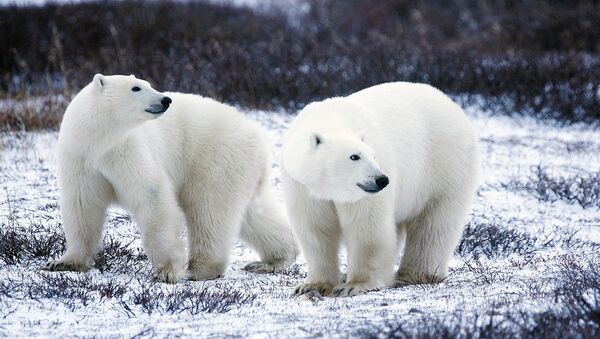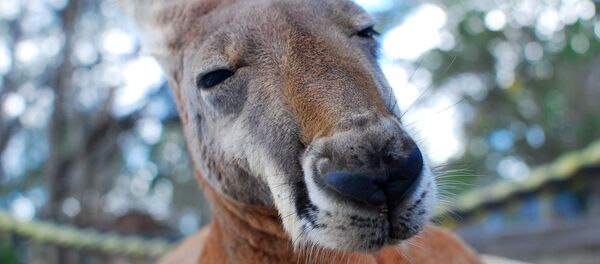"This puts a lot of pressure on the stock of eider and geese in polar bear habitats. We also see more great skuas and glacuous gulls, who are also avid egg-eaters," senior scientist and biologist Geir Wing Gabrielsen at the Norwegian Polar Institute told the newspaper.
Gabrielsen has researched seabirds in the environment of Ny-Ålesund for 35 years, and to him, the changes are noticeable.
A highlight of my trip to #Svalbard #polarbear #arctic #arcticadventure #wildlifephotography #sonypictures #sonya7 https://t.co/0KvsbtsBZA pic.twitter.com/y5kvhbRab0
— Michaela Weber (@michaaweber) July 7, 2017
Previously, polar bears on land were an uncommon sight in these areas. These days, at least six animals are ravaging the coastline, as the eider and the goose are nesting.
In recent years, the sea ice has been reduced, and polar bears that are unable to reach far enough northwards have to resort to a modified diet, as opposed to one maiconsisting of mainly seals. Egg-eating polar bears were first observed in 2004. In some areas, the polar bears were clearly yellow around the muzzle from all the egg yolks they had consumed. Today, polar bears climbing over cliffs with bird nests in search of eggs and chicks are seen in many parts of the Arctic.
The altered diet reportedly worsens the polar bear's general condition and fertility. Previous research on Canadian polar bears indicated that a change of diet results in, among other things, smaller litters.
@JSCCounterPunch that pic of the #polarbear I mentioned! #climatechange pic.twitter.com/xdp8q69GmU
— libbyliberal (@libbyliberalnyc) July 19, 2017
Svalbard's bear population hovers at around 3,000 specimen, which exceeds the archipelago's human population of roughly 2,600. Interestingly, no cats are allowed on Svalbard, primarily for the sake of local wildlife. The only exception is Kesha the ginger cat, which is registered as a fox and lives in a Russian town.
Kesha, the cat from the Arctic Svalbard archipelago https://t.co/T2GGqwPDt0 pic.twitter.com/uNebFkve44
— WeirdRussia.com (@weirdrussia_com) October 25, 2015






